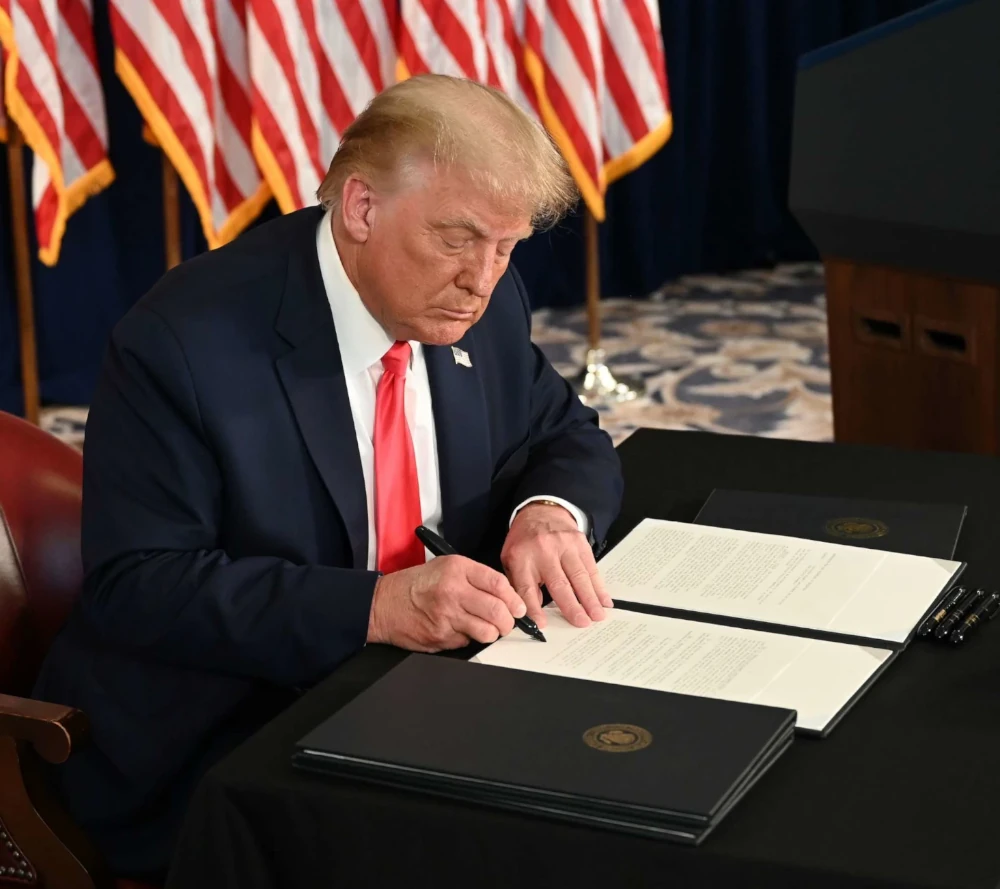President Trump’s 2025 “One Big Beautiful Bill” pairs tax cuts with tariffs to reshape the U.S. economy. This article examines how these policies work together to drive growth, their economic implications, and their fiscal strategy.
Tax Cuts: Fueling Growth
The bill extends the 2017 Tax Cuts and Jobs Act, making permanent lower individual and corporate tax rates (21% to 15% for manufacturers), doubled standard deductions, and expanded small business deductions. New tax exemptions on tips, overtime pay, and Social Security benefits increase disposable income, boosting consumer spending. The Tax Foundation estimates these measures could raise GDP by 1.1% and create 597,000 jobs, stimulating demand and investment.
Tariffs: Protecting Domestic Industry
To offset revenue losses from tax cuts, estimated at $5–$11.2 trillion over a decade, the bill imposes a 10% universal tariff on imports and up to 145% on Chinese goods. Tariffs aim to protect U.S. manufacturing, encouraging firms like Hyundai Steel to invest domestically ($5.8 billion in Louisiana). The White House projects $728 billion in economic growth and 2.8 million jobs from tariffs.
Tax cuts and tariffs share a goal: strengthening the U.S. economy. Tax cuts increase purchasing power and business investment, while tariffs shield domestic industries from foreign competition. However, tariffs raise consumer prices, potentially adding $3,000–$6,000 to vehicle costs, which could offset tax cut benefits. The Penn Wharton Budget Model warns tariffs may reduce GDP by 6–8%, negating tax-driven gains. Tariffs also aim to fund tax cuts, but a projected 16% import drop could limit revenue to $800 billion, risking higher deficits.
Economic and Global Impacts
Short-term, the bill may boost GDP by 3.3–3.8% but long-term growth faces risks from inflation (0.8–3%) and retaliatory tariffs from 57 countries. Uncertainty, with the Economic Policy Uncertainty Index up 161.9% in February 2025, could deter investment. The bill’s success hinges on tariff revenue and global trade dynamics. Trump’s 2025 bill and tariffs form a bold economic strategy, blending tax relief with trade protection. While tax cuts spur growth, tariffs introduce risks that could undermine gains. Monitoring 2025 GDP and inflation data will reveal their true impact.
External Links
Tax Foundation – Analysis of tax policy impacts
Penn Wharton Budget Model – Economic projections
Congressional Budget Office – Deficit estimates

Leave a Reply